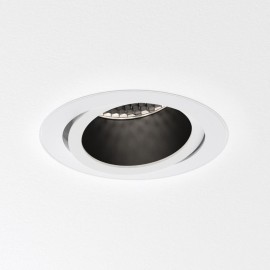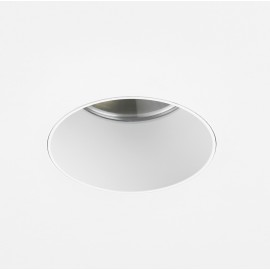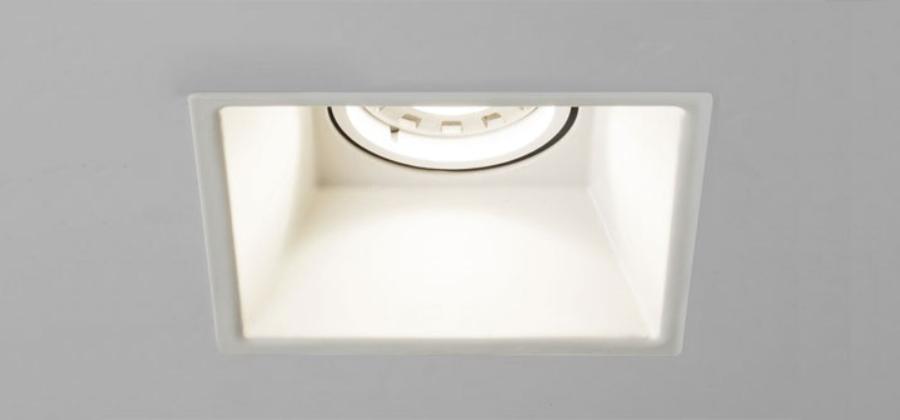
Downlights: FAQ and Electrical Safety on Installing / Checking Downlights
Downlights are a lovely way to brighten up your home. They are often small and recessed, making them convenient to place in any part of your home that you feel is a little too dim. However, poorly installed downlights are the cause of a substantial number of fires in homes every year. The rise in popularity of LED lights has led to many people attempting to replace their old recessed ceiling lights themselves. DIY can always be risky, especially when you are handling electronics. Sparks advise you seek the help of a registered electrician to do this particular job. In this article, Sparks will take you through how to safely replace downlights and achieve bright energy-efficient lighting anywhere across your home. What is a downlight, and what are the different kinds? Downlights are a type of recessed luminaire. They are installed in hollow openings, usually in ceilings, as they cast their light downwards. Having a light fixture installed in a hollow recess makes the light appear to be part of the ceiling itself. This is opposed to suspended or wall lights which will hang down, or stay separate from the ceiling. Downlights operate at mains voltage (230 Volts) or are powered by a transformer at low voltage (12 Volts). These low voltage lights are often given the acronym Extra-Low Voltage (ELV) or Safety Extra-Low Voltage (SELV). At Sparks we have a wide range of low voltage downlights, many of which also have a high IP rating for mounting in the bathroom or shower. ‘Fire rated’ (FR) downlights have built-in fire protection that seals the downlight if a fire breaks out in the room below. This will stop - or hinder - the spread of fire and smoke into other areas. The trusted Electrical Safety First (ESF) recommends the use of Fire Rated downlights, for any installation. They also advise that they are fitted with aluminium reflector lamps to ensure fire and excessive heat is kept out of any gaps. Questions you may have about Fire-Rated downlights This Fire Rated Void Round 80 LED Downlight can be purchased from this list here. What’s the purpose of a fire-rated downlight? The purpose of a Fire Rated downlight is to ensure that there are no weak spots in your ceiling. This ensures that the integrity of the structure of a building is maintained in all areas. When and where should FR downlights be fitted? They are most often fitted by designers in avenues of escape, for instance, hallways. Fire Rated downlights must always match the fire rating standard of the structure they are fitted on to. The rare exception is with false ceilings i.e. in open plan offices. How is downlight quality and effectiveness tested? A responsible manufacturer will seek to have their products constructed to meet certain test criteria, and pass very stringent live fire tests. These tests are set by the British Standards Organisation or their equivalent European tests, and they must receive a ‘pass’ certificate. Thinking of installing new downlights? Here are some Safety Tips Sparks would encourage you to use a registered electrician to install your downlighters. You should keep the manufacturer's instructions for your new downlights in a safe place for future reference. Here is a brief list of other steps to follow when installing downlights: Thoroughly read and follow the manufacturer's instructions. Always ensure your mains-powered electricity is switched off before changing the lamp. Look at the packaging and the downlighter for details of correct replacement lamps. Do not exceed the maximum number of wattage allowed. Don't fit a cool beam (or ‘dichroic’) reflector lamp unless the downlight is specifically designed for use with that lamp type. If in any doubt, just fit them with standard aluminium reflector lamps. Check to see that the lamp holder is not damaged, scorched or corroded. If it is, then do not fit the lamp and seek help from a registered electrician. Checking your existing downlights: Safety tips If you just want to check that the downlights you are currently using are safe, you can take the following steps: Look for visible markings on downlights which indicate lamp wattage and lamp type. Check the recessed ceiling lights and their surroundings for signs of discolouration or scorching caused by overheating. Make sure that downlights installed in floor and ceiling cavities have enough space around them. Ensure that downlights are not in close proximity of loft insulation or other combustible materials. Check that your downlights are not placed near furniture, curtains or similar flammable items. Make sure you haven’t fitted ‘dichroic’ lamps in lamp holders designed for use with aluminium reflector lamps. If you have, then replace them with the correct type. We hope this guide has given you comprehensive information on how to safely handle your downlights. This applies to instances where you are replacing them, or simply checking that the ones you have installed are safe.




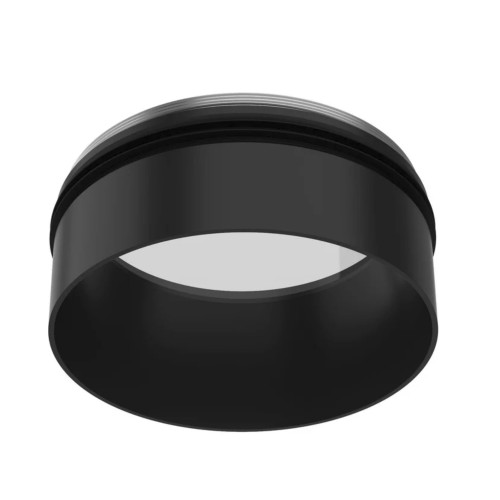

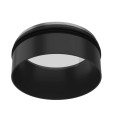

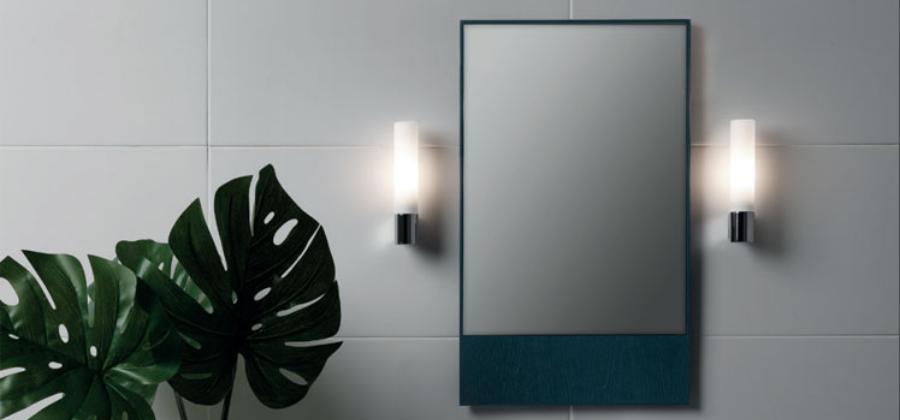
-270x270.jpg)
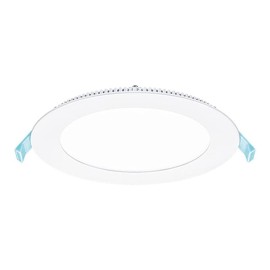


-270x270.jpg)

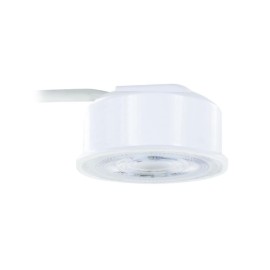


-270x270.jpg)

